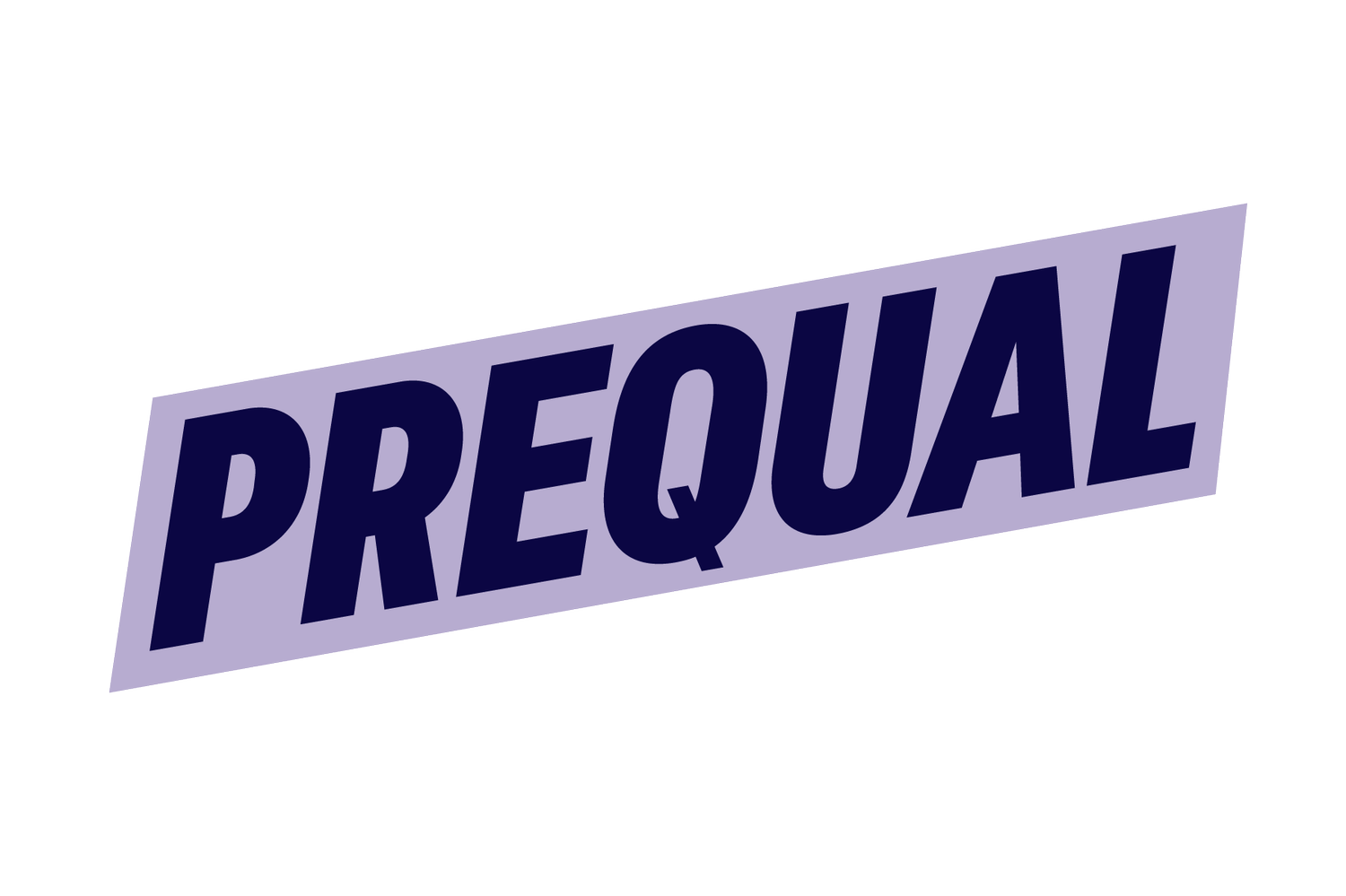5 Revenue Strategies for Women Entrepreneurs Who Want to Scale
Scaling your business as a woman entrepreneur isn’t just about putting in more hours—it’s about working smarter and implementing the right revenue strategies to drive sustainable growth.
The key to scaling is optimizing your efforts, from diversifying your revenue streams to building strategic partnerships. This guide explores how to expand your income, raise your rates without losing value, and leverage technology to free up time for bigger-picture thinking.
Scaling Strategies #1: Diversify your revenue streams.
Relying on just one source of income is risky for any entrepreneur, especially when looking to scale. With only one revenue stream, your business is more vulnerable to market shifts or changes in demand. Diversifying allows you to tap into different markets, expand your offerings, and protect your business from fluctuations. Consider creating digital products, offering group coaching programs, or exploring passive income opportunities such as affiliate marketing or online courses.
Examples of revenue stream diversification:
Digital Products: Think e-books, courses, or templates that leverage your expertise and can be sold repeatedly.
Group Programs: Group coaching or masterminds allow you to serve more clients at once, scaling your impact without scaling your time.
Passive Income: Affiliate marketing, advertising, or creating a membership site can generate income without direct involvement.
TAKE ACTION:
Identify one new revenue stream to test within the next quarter. Whether it’s a new product, service, or a different business model, start small and track the results.
Related: How and When to Create Multiple Revenue Streams for Your Business
Revenue Strategies #2: Raise your prices strategically.
As you scale, the value you provide grows—so should your prices. Pricing adjustments are often necessary as your expertise, market demand, and client results increase. But how do you raise your prices without losing your client base? Testing price increases while keeping your existing clients is key to maintaining a healthy balance between profitability and client satisfaction.
Tips for raising your prices:
Test price increases gradually by offering higher-priced packages to new clients while keeping your current clients at their existing rates for a period.
Add more value with premium services or features that justify your price increase.
Communicate with confidence by emphasizing the results and value your services deliver.
TAKE ACTION:
Review your current pricing and identify areas where you can increase rates without losing value alignment. Think about which services are underpriced based on the outcomes you deliver. Need help with the language? Grab our free script, How to Tell Your Clients That You’re Raising Your Rates, and learn how to use clear, professional language to soften the news.
Scaling Strategies #3: Focus on high-value clients and offers.
Instead of trying to serve everyone, shift your focus to attracting fewer, higher-value clients. Working with fewer clients at higher price points allows you to increase your profitability and deepen your impact without overextending yourself. Plus, high-value clients are often more aligned with your expertise, more committed to the work, and more likely to refer others.
How to attract high-value clients:
Identify your ideal clients: Understand who your high-value clients are—this may include businesses with larger budgets or individuals who are committed to the results you offer.
Offer premium services that meet their needs. These could be done-for-you services, advanced consulting, or exclusive programs.
Leverage testimonials and case studies to showcase the results you’ve achieved for similar clients.
TAKE ACTION:
Audit your current client base and target audience to prioritize those with higher lifetime value. Use this information to tailor your marketing and outreach to attract more of your ideal clients. If you’ve never done a network audit before, we’ve put together a free resource to walk you through the process. How to Perform a Network Audit can help you identify the best fit for your business and maximize your efforts.
Revenue Strategies #4: Leverage technology to automate and scale.
As your business grows, you’ll need to work smarter, not harder. Technology can be a game-changer in helping you automate processes, streamline operations, and free up time for strategic decision-making. From CRM systems to marketing automation tools, there are endless platforms that can take your business to the next level.
Automating repetitive tasks, such as email marketing or client onboarding, gives you back time to focus on high-level strategies. This allows you to scale without adding unnecessary complexity to your operations.
Technology tools to consider:
CRM Systems: A CRM (Customer Relationship Management) system helps you keep track of your leads, clients, and sales pipelines, making it easier to manage relationships and maintain follow-ups.
HubSpot CRM: Offers a free plan with essential tools to track and manage customer interactions and sales activities.
Salesforce: A comprehensive CRM with advanced features, ideal for scaling businesses looking for deeper analytics and customizable options.
Zoho CRM: A cost-effective option that provides powerful features like sales automation, email integration, and reporting.
Marketing Automation: These platforms automate your marketing efforts, such as email campaigns, social media posting, and lead nurturing, allowing you to engage with prospects and customers consistently.
Mailchimp: Known for its user-friendly interface, it allows you to create and automate email campaigns, segment audiences, and track performance.
ActiveCampaign: A robust platform for email marketing, automation, and customer relationship management, particularly suited for small businesses with a strong email marketing focus.
ConvertKit (Kit): Ideal for women entrepreneurs and creators, ConvertKit specializes in email marketing automation with simple yet powerful features for building and managing email lists.
Accounting Software: Streamline your financial tracking with tools that automate invoicing, track expenses, and generate reports, allowing you to focus on scaling instead of bookkeeping.
QuickBooks: A popular choice among small businesses, QuickBooks offers automated invoicing, expense tracking, and financial reporting in an easy-to-use interface.
Xero: A cloud-based accounting software with features like bank reconciliation, invoicing, and financial reporting, often favored for its user-friendly design and scalability.
Wave: A free accounting tool designed for small businesses, offering features like invoicing, expense tracking, and basic financial reporting.
TAKE ACTION:
Choose just one tool to implement this month that can help automate part of your business, whether it’s marketing, client management, or finance. Make sure it integrates well with your existing systems.
Scaling Strategies #5: Build a strong network of collaborators.
No one succeeds in business alone. Strategic partnerships and collaborations are essential when scaling your business. Building a strong network of mentors, peers, and collaborators can help you grow faster and expand your reach. By partnering with the right people, you can access a whole new set of skills, clients, and opportunities.
How to collaborate effectively:
Affiliate marketing: Team up with other women entrepreneurs or influencers who can help promote your products or services to their audience.
Co-hosted events: Collaborate on webinars, workshops, or other events that bring together both of your audiences.
Mentorship: Seek guidance from others who have scaled successfully or become a mentor to others.
TAKE ACTION:
Reach out to one potential partner or mentor this week to explore collaboration opportunities. A simple introductory conversation could open doors to valuable relationships.
Scaling your business is an exciting journey, and the right revenue strategies can make all the difference.
By following these five strategies, you’re laying a solid foundation for long-term growth. Remember, success comes from not just doing more, but from making smarter, more strategic choices.
Want to accelerate your growth?
Dive deeper into these scaling strategies with the tools and insights available in our Resources Vault. Let’s make scaling your business your next big achievement.
Need support putting these strategies into action?
Try SELLY, your on-demand sales coach.
Get real-time answers, pricing language, and sales prompts—right when you need them.
Start your free trial today at theprequal.com/selly-sales-coach


